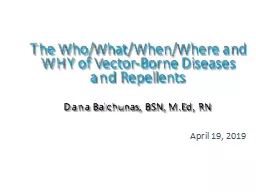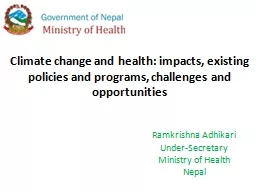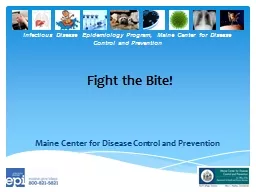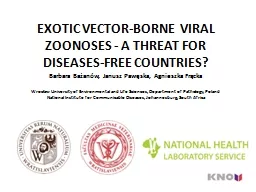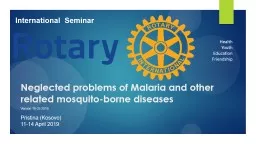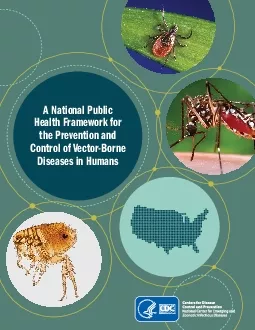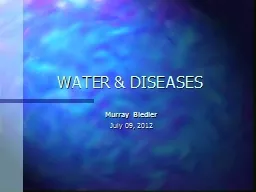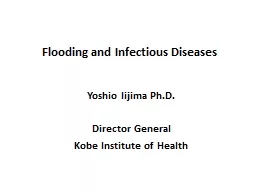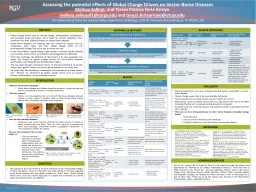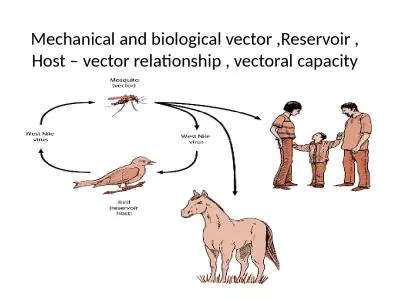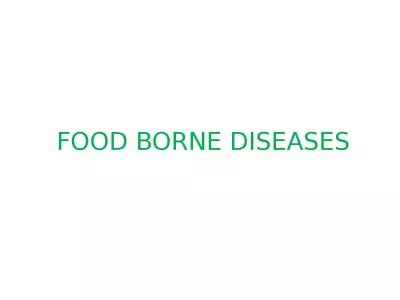PPT-The Who/What/When/Where and WHY of Vector-Borne Diseases and Repellents
Author : laobeast | Published Date : 2020-06-17
Dana Balchunas BSN MEd RN April 19 2019 For many VBDs prevention is the only option VBDs are becoming more prevalent TYPES of VBDs are increasing Personal protection
Presentation Embed Code
Download Presentation
Download Presentation The PPT/PDF document "The Who/What/When/Where and WHY of Vecto..." is the property of its rightful owner. Permission is granted to download and print the materials on this website for personal, non-commercial use only, and to display it on your personal computer provided you do not modify the materials and that you retain all copyright notices contained in the materials. By downloading content from our website, you accept the terms of this agreement.
The Who/What/When/Where and WHY of Vector-Borne Diseases and Repellents: Transcript
Download Rules Of Document
"The Who/What/When/Where and WHY of Vector-Borne Diseases and Repellents"The content belongs to its owner. You may download and print it for personal use, without modification, and keep all copyright notices. By downloading, you agree to these terms.
Related Documents

